Is the beauty industry doing enough to tackle plastic pollution?
The beauty sector generated over 142 billion units of packaging last year – most of which ended up in landfill or the ocean. But are major corporations doing enough to kick the habit, asks Jessica Morgan

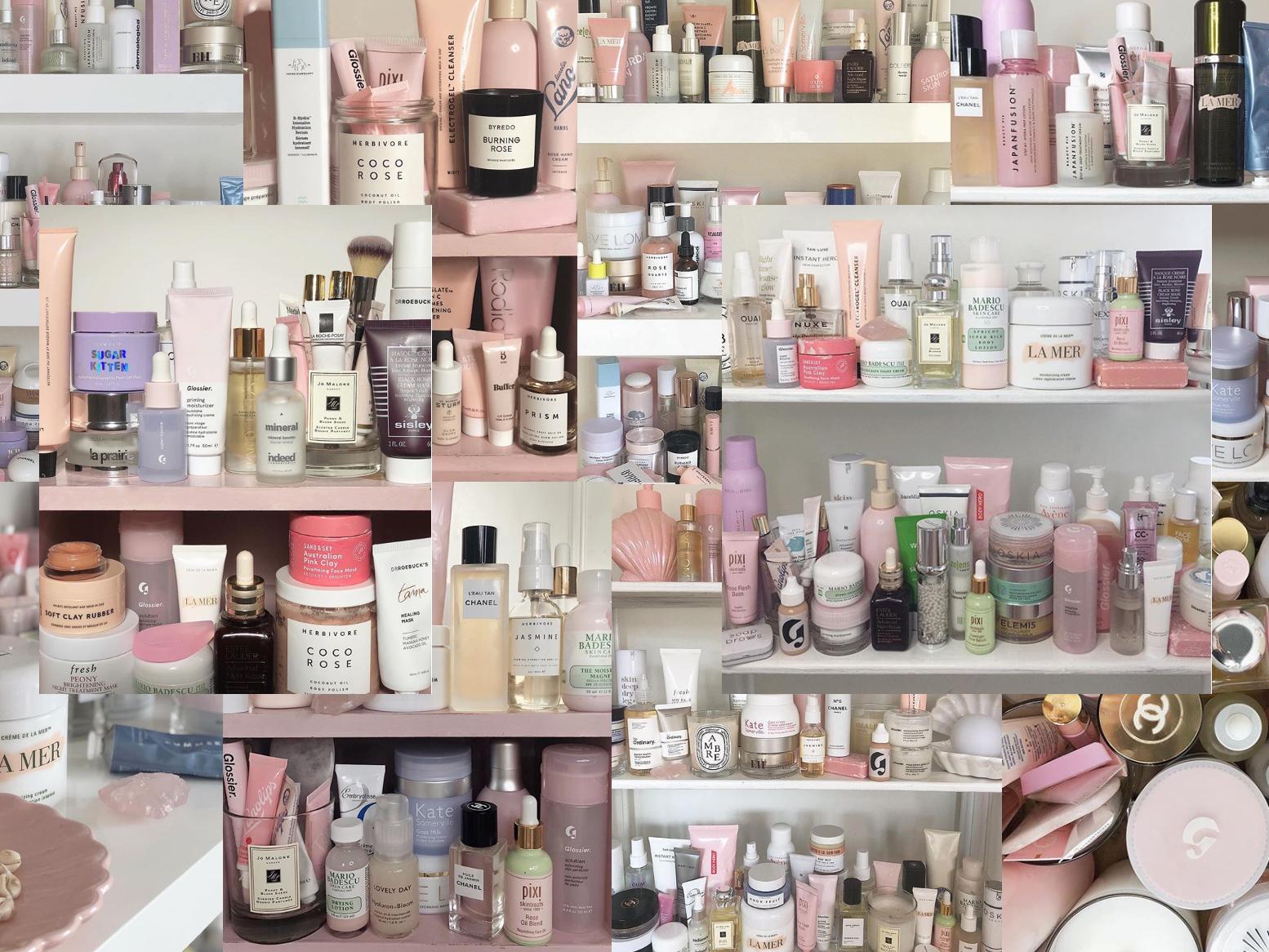
The beauty industry is often portrayed as a glittering, glamorous world of lotions, potions and brightly coloured bottles on bathroom shelves… but it has an ugly side.
Last year, Zero Waste Week, an annual awareness campaign, reported that more than 120 billion units of packaging are produced every year by the global cosmetics industry, most of which are not recyclable.
Often beauty products will be packaged in swathes of cellophane, cardboard, tissue paper and boxes, which look pretty for the five minutes before they are thrown in the bin.
Plastic and its impact on the environment has become a big talking point recently, but since David Attenborough urged the world to reduce its plastic use to protect oceans last year, it’s more important now than ever before.
His BBC documentary Blue Planet II graphically revealed the catastrophic effects of plastic pollution on marine wildlife, with evidence showing plastic in ocean waters thousands of miles from land and birds feeding microplastics to their young.

Researchers now estimate that more than 8.3 billion tons of plastic has been produced since the 1950s and about 60 per cent of that has ended up in either landfill or the natural environment.
The UN has predicted that if the rate of waste production continues, by 2050 our oceans will carry more plastic than fish and an estimated 99 per cent of seabirds will have ingested plastic. Earlier this year, the UN declared our current situation a “planetary crisis”.

Despite its challenges though, attitudes are changing in the beauty world. Consumers have been turning their gaze to non-toxic, sustainable ingredients and are also paying attention to eco-brands whose mission statements promise to limit waste.
One brand leading the force is Aveda, a botanical hair and skincare brand, which has made sustainability a priority when it comes to packaging. Aveda was the first beauty company to use 100 per cent post-consumer recycled polyethylene terephthalate, and now more than 85 per cent of its casings, bottles and jars contain 100 per cent post-consumer recycled materials. Instead, these bottles are made from bioplastic.
Bioplastic is a bio-polyethylene derived primarily from sugar cane. Bagasse is the fibrous byproduct that remains after the sugar cane stalks are crushed for sugar production. The bagasse is used for fuel for the production of ethanol, the main ingredient used to produce polyethylene. Sugar cane is quickly renewable and thus a sustainable source – but not if you cut down rainforests to grow it, like palm oil.
“Bioplastics very soon will provide viable alternatives to virgin-petro-based plastics. Today it’s possible to use sugar-based bioplastics that do not disrupt the recycling stream,” Edmond Irizarry, executive director of package development at Aveda, told The Independent. “In the very near future, we will be able to utilise agricultural waste (in other words, cow poo) to make new forms of plastic that today are not commonly recycled.”
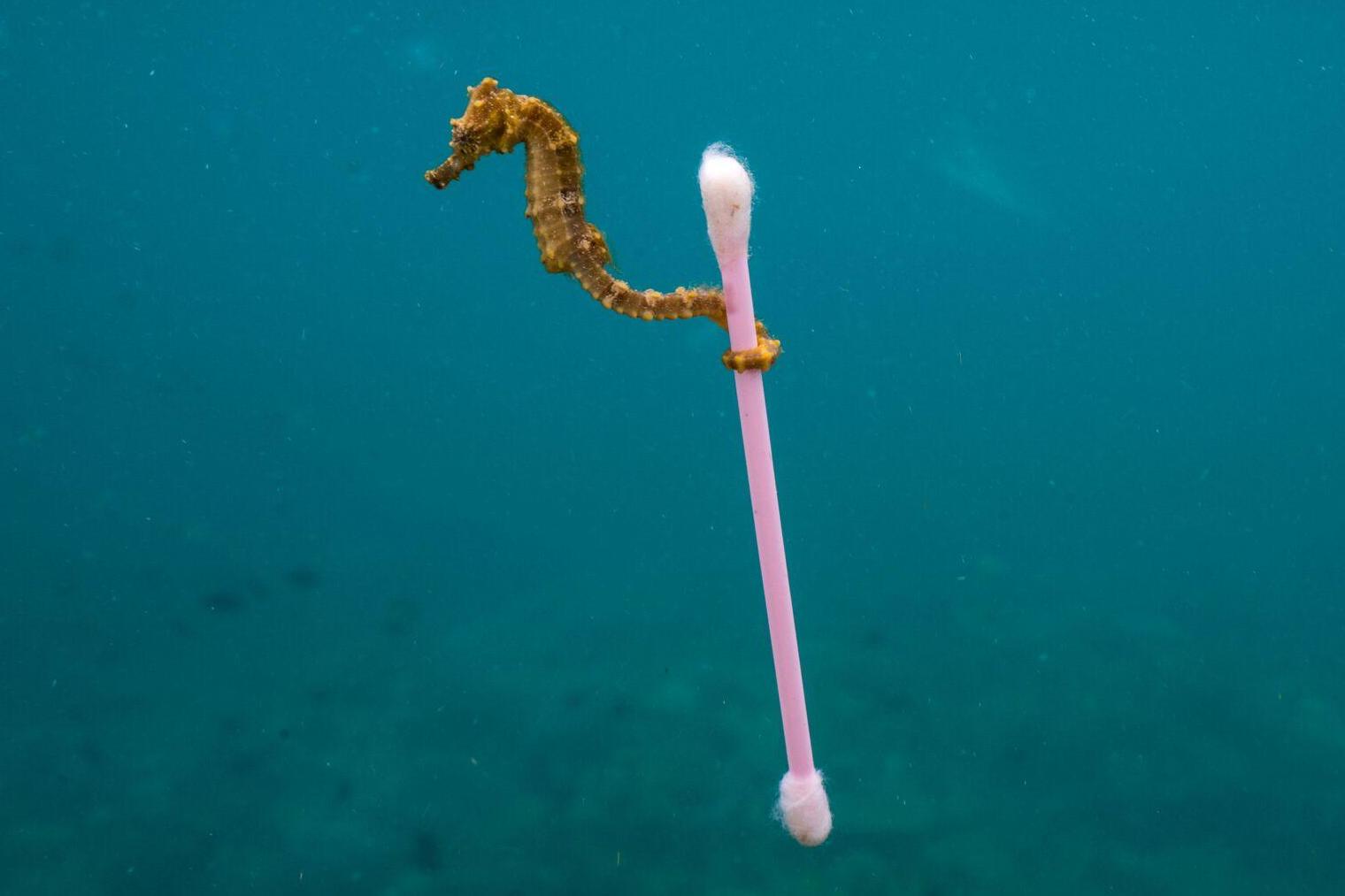
Other companies, such as British-owned Neal’s Yard Remedies, which packages its products using glass bottles, jars and 100 per cent post-consumer recycling plastic, plans to use 100 per cent recycled plastic bottles by 2025.
Louise Green, head of sustainability at Neal’s Yard Remedies, said she’d love the industry to encourage people to work together more. She notes that while the company’s mission statement strives to use sustainable packaging, like its iconic apothecary glass bottles, plastic is often the choice when it comes to certain products.
“Plastic isn’t always the worst choice to make because it is lightweight and sometimes glass is heavy to transport. We start out with glass but we use plastic where this is a safety issue. You don’t want glass in the shower or glass used for baby shampoo.
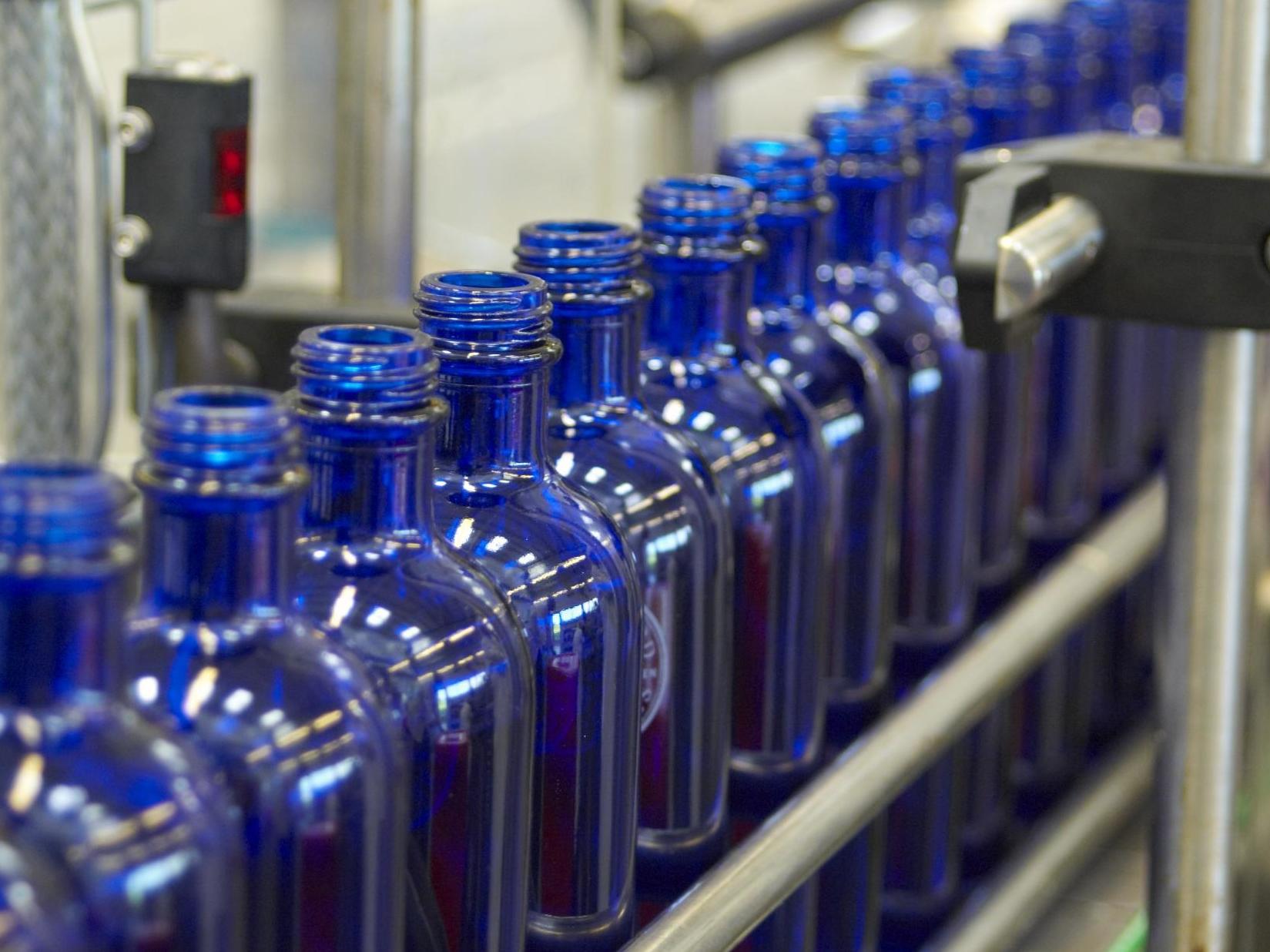
“What it is about is using the right material in the right instance, but nothing should ever get released into the environment.”
But are alternatives costly?
Compare and contrast
Johnson’s Cotton Buds: £1 for 100
Cotton and Bamboo Cotton Buds by Hydrophil: £2.25 for 100 (plastic-free alternative)
Head and Shoulders shampoo: £1
Lush Shampoo Bar: £7.50 (plastic-free alternative)
Neal’s Yard Remedies has been at the forefront of the sustainability debate, yet Green believes consumers are the ones who need to make smart changes.
“Awareness and intent has increased hugely over the last couple of years. But there is a choice. As a consumer, I personally believe much more thoughtful consumerism is needed. Choosing more expensive things over throwaway items, like buy one get one free products that are often wasted. It can’t just be about privilege, we need more education.”
According to a poll conducted by The Independent, 62 per cent of voters said they would prefer to pay extra for the eco-friendly bamboo cotton buds, whereas 38 per cent stayed firmly in Johnson’s camp.
When asked if they would purchase a Lush shampoo bar at £7.50 each, instead of a £1 bottle of Head and Shoulders shampoo, 41 per cent said yes. Interestingly, when asked whether they knew how their recycling was being managed, 82 per cent said no.
Social media polls do show a shift in consumer behaviour, with eco-friendly products coming out on top, but is it reflected in their spending habits?
A study commissioned last year by consumer goods giant Unilever revealed a third of consumers are now buying from brands that make their sustainability credentials clear. The report also found higher expectations for brands to have a positive and environmental impact.
At the time, Keith Weed, Unilever’s chief marketing and communications officer, said sustainability was now imperative and not just a nice-to-have business.
“To succeed globally, and especially in emerging economies across Asia, Africa and Latin America, brands should go beyond traditional focus areas like product performance and affordability.”
Recent research commissioned by Garnier showed more than half of people admitted to not recycling all of their bathroom items, while data from TerraCycle, a US-based recycling company, showed 4.5 million Brits simply find recycling bathroom waste inconvenient.
Garnier partnered with TerraCycle to launch the Personal Care and Beauty Recycling Programme, the UK’s first free recycling scheme for bathroom waste.
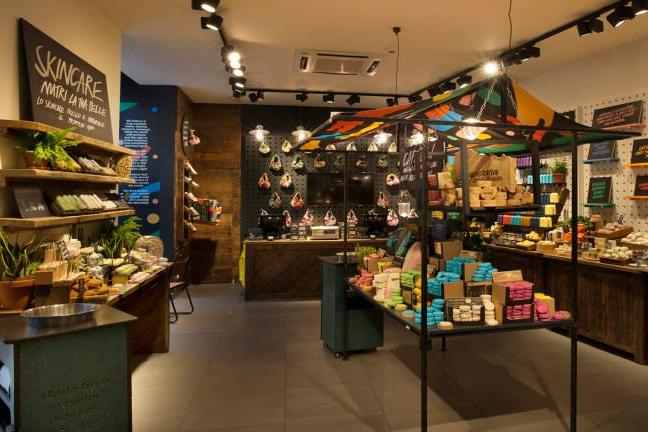
Lush, which recently launched “Naked Shops” in Milan and Berlin offering packaging-free cosmetics, currently have no plans to sell their products wholesale to large retailers, such as Tesco, Waitrose or Sainsbury’s.
Speaking to The Independent, a spokesman said: “The long supply chains that conventional retailers have just do not suit naked beauty products. They should focus on their core business and drop cosmetics, leaving it to the specialists.”
When asked whether it would drop their prices to appeal to customers buying out of convenience, or those with a lower socioeconomic background, the spokesman said the brand invests in staff to advise customers on the right product for them.
“If people bought what was appropriate for them, only bought what they require and not be duped by special offers and two-for-ones, that are then discarded, this would have a hugely positive effect on our environmental problems.”
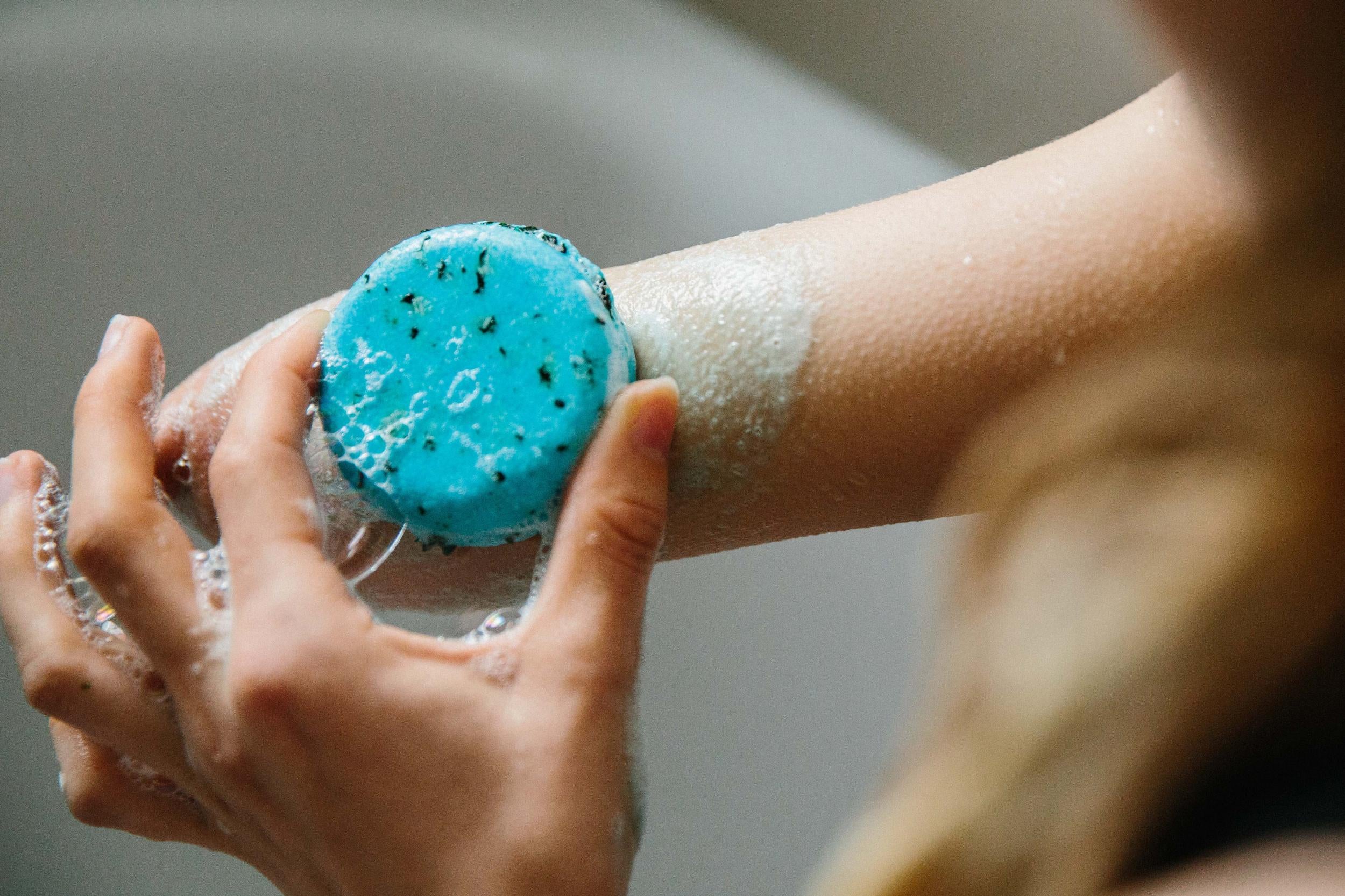
Some 250 of the world’s business giants, who between them account for 20 per cent of all plastic packaging in the world, have teamed up with the Ellen MacArthur Foundation to pledge to end plastic waste. Businesses including SC Johnson, PepsiCo, H&M, Colgate-Palmolive Company, L’Oreal, Selfridges, Johnson and Johnson Consumer Inc and Unilever have committed to eliminating plastic when it’s unnecessary, and to shift to reusable packaging in some cases. By 2025, they plan to make all plastic packaging either reusable, recyclable, or compostable.
Governments are also getting involved, pledging to make sure that plastic that is “recyclable” actually gets recycled, and to build the infrastructure that is needed.
In October, environment secretary Michael Gove said: “I am proud that today we have signed up to the New Plastics Economy Global Commitment. Plastic waste is one of the greatest environmental challenges facing the world. It is a global problem requiring a global situation.”
The shift in the UK is noticeable. The debate has reached fever pitch since the 5p plastic bag levy was introduced in October 2015, the appearance of advertisements discouraging the use of single-use plastic bottles and the ban on microbeads last summer.
In his 2018 Budget chancellor Philip Hammond announced a new tax on plastic packaging that will affect manufacturers and importers who use less than 30 per cent recycled plastic; yet he stepped back from the “latte levy” – a tax tackling the country’s disposable cup waste, which amounts to 2.5 billion cups being thrown away each year.
The World Wide Fund for Nature (WWF) welcomed the pledges to the Global Commitment, but also said the big companies that produce the plastic should be taking responsibility.
Lyndsey Dodds, head of UK marine policy at WWF, agrees. “We believe that producers – the big brands who create and sell plastic in the first place – should take more responsibility [for the material] that is choking our oceans and killing our wildlife.
Key events in the history of plastic
1862 – Alexander Parkes introduces the first manmade plastic to the public at the Great International Exhibition in London
1869 – American inventor John W Hyatt makes the first successful plastic product, celluloid. It entered production in 1872.
1908 – Jacques E Brandenberger, Swiss textile engineer, invented cellophane, which is a clear and protective packaging plastic. It is still widely used today.
1929 – Leo Baekeland invents bakelite, the first fully synthetic plastic to be mass-produced.
1935 – Wallace Carothers invents nylon, a synthetic silk, used during the war for parachutes, ropes, body armour, helmet liners and more.
1954 – Polystyrene foam was introduced by Dow Chemical Co.
1977 – The plastic bag is introduced to the grocery industry as an alternative option to paper.
“The New Plastics Economy Global Commitment is a positive step in the right direction to help ensure we eliminate unnecessary single-use plastic and any remaining plastic we create is reusable or recyclable.”
Greenpeace points out how the leading consumer brands involved have no plans to reduce their overall plastic output. Louise Edge, UK senior oceans campaigner, said: “The sheer number and size of the companies behind this pledge shows the industry is responding to people’s concern about the impacts of plastic waste, but the individual commitments being made by companies to date just don’t go far enough. Making packaging more recyclable is a step forward, but making more recyclable packaging isn’t.
“The problem is that leading brands are already producing more plastic waste than our recycling systems can cope with, with the overflow being dumped in southeast Asia or burnt in incinerators. Just because something is recyclable doesn’t mean it will be recycled.”
An investigation by Greenpeace’s Unearthed – the organisation’s investigations project – published last week also shows how plastic recycling from the UK and many other western countries has ended up in illegal waste sites in Malaysia, which has become the world’s main destination for plastic waste after China banned imports last year.

“The main progress so far on tackling plastic waste in this sector has come through government bans on microbeads in personal care products. As ministers plan to ban bigger single-use plastic items like cotton buds, the beauty industry should take the opportunity to get ahead of the curve and move to eliminate superfluous plastic packaging before it is pushed to do so,” Edge adds.
But it’s not only packaging that can harm the environment. Harmful skincare ingredients including BHA (butylated hydroxytoluene) and BHT (butylated hydroxanisole), which are popular preservatives often found in moisturisers and makeup, as well as food products, have been linked to potential environmental harm. BHA is listed as a chemical of potential concern by the Convention for the Protection of the Marine Environment of the Northeast Atlantic, because of its tendency to bioaccumulate and its toxicity to aquatic organisms.
Oxybenzone, a chemical often found in sunscreen, was found to contribute to the destruction of coral reefs. A study published in the journal Archives of Environmental Contamination and Toxicology discovered that the chemical has toxic effects on young coral that causes endocrine disruption, DNA damage, and death, among other problems. Oxybenzone also exacerbates coral bleaching, a process by which coral rejects symbiotic organisms and loses their colons.
The attitude towards single-use plastic has shifted considerably in the past few years, and while consumers are slowly turning their gaze away from using face wipes, cotton buds and plastic bags, corporate businesses still need to do better. With profits the main concern for global beauty brands, we’ve seen only a relatively minor change in the way companies are tackling sustainability and actively finding alternative packaging materials.
Richard Thompson, professor of marine science at Plymouth University, says the interest in the issue is positive, but there needs to be enough evidence to prove new materials will be sustainable long-term. “There’s a high level of interest in the problem and people are looking for rapid solutions, but we need to be cautious about making substitutions that, at face value, could seem better.
“It is clear that there isn’t one solution to how we match materials to particular products and applications and the geography where those products are sourced from. But that all depends on whether we have an advanced waste management infrastructure. We are fortunate enough to have that in the UK, but other countries do not.”
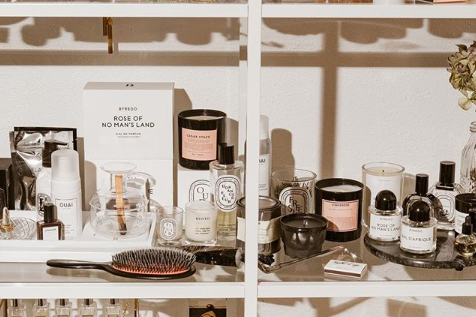
He added that over time products have not been designed with end of life in mind. “The labelling system we have is not really fit for purpose for what we need in terms of consumer information; whether the product is recyclable in theory, but not in practice,” he said. “What we need is labelling on where the product is viable to recycling locally, a waste stream, at the moment.”
UK businesses such as Boots, which houses more than 400 beauty brands, carries the On Pack Recycling Logo and other recycling guidance, and works with focus groups to ensure consumers engage with recycling plastics.
It has also committed to reducing single-use plastic and has welcomed the UK Plastic Pact (a collaboration working towards best practice, packaging redesign and recycling options). For its Botanics range, for example, Boots uses 25 per cent post-consumer recycled plastic for sleeves and bottles, as well as paper packaging made from sustainably managed forests for its recently introduced Just Water.
Other companies offer incentives to customers with recycling systems, such as MAC’s Back to MAC Programme that allows consumers to return six primary packaging containers in exchange for a free lipstick.
Aveda is something of a recycling veteran, as is Stila Cosmetics. They have paved the way for luxury brands such as Chanel, which has invested in Sulapac, a Finnish startup specialising in producing sustainable packaging products.
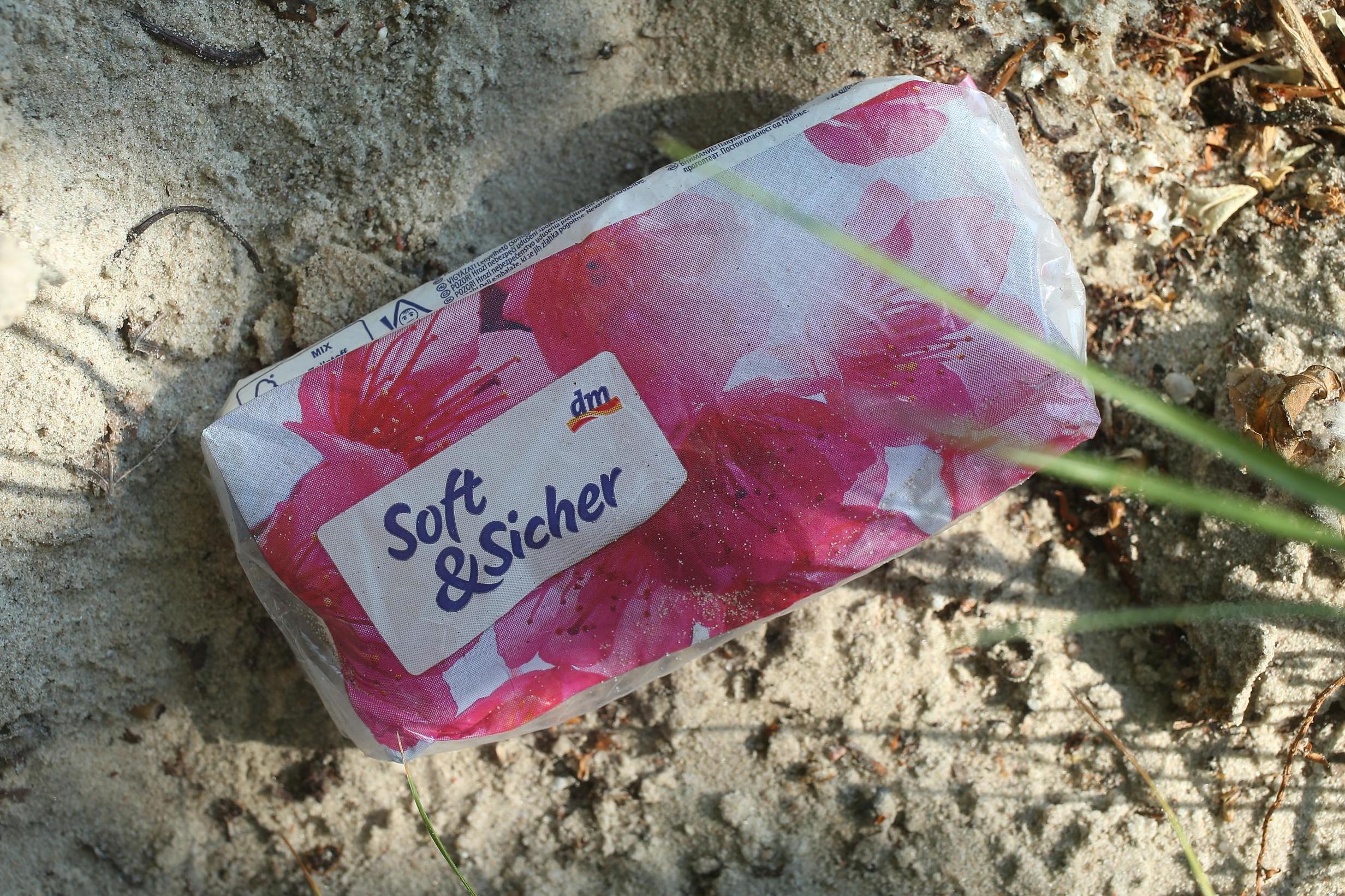
Perfumerie Le Labo encourages customers to bring their empty bottle to the store for a refill and in return they receive 20 per cent off, while skincare giant Kiehl’s rewards customers who bring back 10 empty, full-size containers with a free travel-sized Kiehl’s product. Makeup brand Hourglass has launched its first refillable lipstick, while Dior has launched a now sold-out holiday set featuring a refillable version of its Rouge Dior Lipstick.
These incentives are positive and do drive change, especially since research by Garnier found over a quarter of Brits would be more inclined to live a sustainable lifestyle if they were incentivised by a reward.

The use of alternative materials will always look positive on the face of it, but not when it is putting pressure on another habitat, country or ecosystem. Using sugarcane to produce a biodegradable plastic is fantastic, but all the positive change can be undone if this isn’t implemented responsibly. If sugarcane plastic starts to become mass-produced in the way plastic is now, someone else will suffer and become a victim to capitalism.
So what should we do and how can we make a positive change going forward?
Sander Defruyt, a lead for the New Plastics Economy at the Ellen MacArthur Foundation believes changes can only be made if corporations and governments recognise the problem. “People around the world are changing how they shop and what they buy to help tackle the plastic pollution crisis, but can only act within the plastics system that is in place,” he said.
“Thankfully, through the Global Commitment and other efforts, we have seen more and more companies and governments recognise this, and have started to design products and systems that will help stop plastic from becoming waste and pollution in the first place.”

Matthew Scott Savoca, a postdoctoral researcher at Stanford University, agrees. “If corporations don’t move away from these products they risk losing business as they are replaced and outpaced by more environmentally friendly options,” he says. “Corporations should try to move away from non-recyclable, non-biodegradeable plastics as quickly as possible.”
Rachelle Strauss, founder of Zero Waste Week, goes further: “Like other industries, the cosmetics sector needs to meet consumer demand for more sustainable packaging. While it can be argued that customers who purchase high end products expect beautiful packaging, there is no reason why beauty and sustainability cannot go hand in hand.
“Refills are available for washing up liquid and fabric conditioner, why not shampoo and conditioner? Some coffee shops offer 25p off if you take your own reusable cup, let’s do the same for cosmetics.”
Businesses respond to consumer behaviour all the time. For example, the rise of e-cigarettes forced major corporations to commit to phasing out cigarettes altogether and entering the smoke-free market instead.
The rise in veganism is another great example of how consumers can change the way businesses behave. Supermarkets across the country have scrambled to offer vegan-friendly groceries to meet the rise in demand. Ditto bars and restaurants, and even the fashion industry has made sustainability a priority.
If other industries can make drastic changes over a couple of years, what is holding the beauty industry – one of the largest contributors to plastic pollution – back? We’ve seen the positive change we can make in a short space of time, so why don’t we start now?
Join our commenting forum
Join thought-provoking conversations, follow other Independent readers and see their replies
Comments